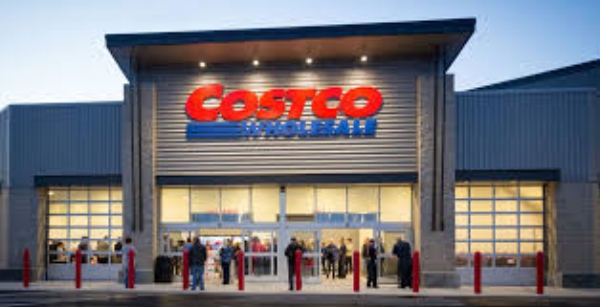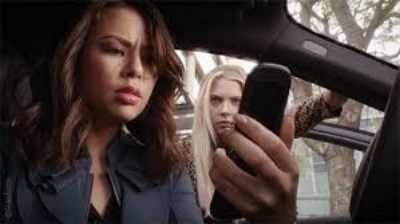It's Time to Move the Earth, My Friends
We have done a great deal of work in the field of Altruism, particularly as it relates to brands and NGOs. The basic notion is fueled by the (by now somewhat trite) belief that brands and business can “do well by doing good.” The corporate impulse has been accelerated by the received wisdom that “Millennials care about what brands and businesses stand for.” Fair enough. Recently, however, a shift in the collective business unconsciousness seems to be unmistakable. Perhaps you’ve heard it too. Let’s call it Millennial Attention Fatigue, as in “Let’s just not talk about Millennials, okay?”
We’ve been picking it up, as well, in our assignments. It seems to augur at least the return of life stage marketing vs. cohort messaging. The 42-year-old mother of an adopted newborn has more in common with a 21-year-old new mom than she does with her 20th college reunion attendees. We pick it up in our Altruism work, of course. While the drive of people who want to give back in some way is age agnostic, the pulse point of how they “do good” is often life stage linked. I can take time out to go build a home with Habitat for Humanity early and later in life, and I can do a 5K run this Saturday kind-of-thing.
All this we’ve seen in multiple categories and industries. We’re on pretty solid footing, here. But the other day, I had a genuinely provocative conversation with Phyllis Dealy, a terrific colleague of mine from Hickory Farm and Cheerwine days. She’s taking the basic “doing well by doing good” edict and adding another element: Her question: Is it possible to do good without being good? That is, of course, a question historically reserved for theologians, philosophers and ethicists. But, increasingly and compellingly it’s one for brand and business stewards.
The concept we talked ourselves through is a new approach to ‘brand awareness,” as in how aware is your brand of its business, social and cultural impact? As Archimedes posited: Give me a lever and a place to stand and I will move the earth. Brands have terrifically long levers: Where will you place your fulcrum to be and then do good? The earth needs moving, my friends. We’re working on a new model. If you’re interested in engaging in this discussion, lemme know.

















